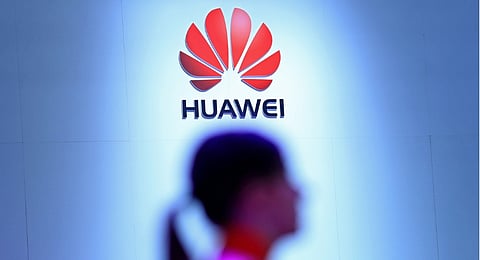___STEADY_PAYWALL___
How Huawei took over the world – The Wall Street Journal
JOHANNESBURG — As a former tech journalist, I read this piece on The Wall Street Journal with great interest. It was only a few years that there basically two major players in the smartphone space: Apple and Samsung. (And long before that it was BlackBerry and Apple.) But in recent years, a Chinese company called Huawei started climbing up the charts. It first started with cheaper and relatively more basic smartphone devices. But it's R&D department has developed in such leaps and bounds that its flagship devices today are regarded as the best smartphones in the world – bar Apple's iPhones. Huawei has also overtaken Apple in terms of total smartphone shipment numbers and now stands just behind Samsung. But what makes Huawei more interesting than both Apple and Samsung is that the Chinese company also makes the cell towers and peripherals that power our mobile connectivity. In South Africa alone, you'll see Huawei branded bakkies driving around urban areas connecting up our cities. The US is trying to stop Huawei's global march, but it's probably too late now… – Gareth van Zyl

